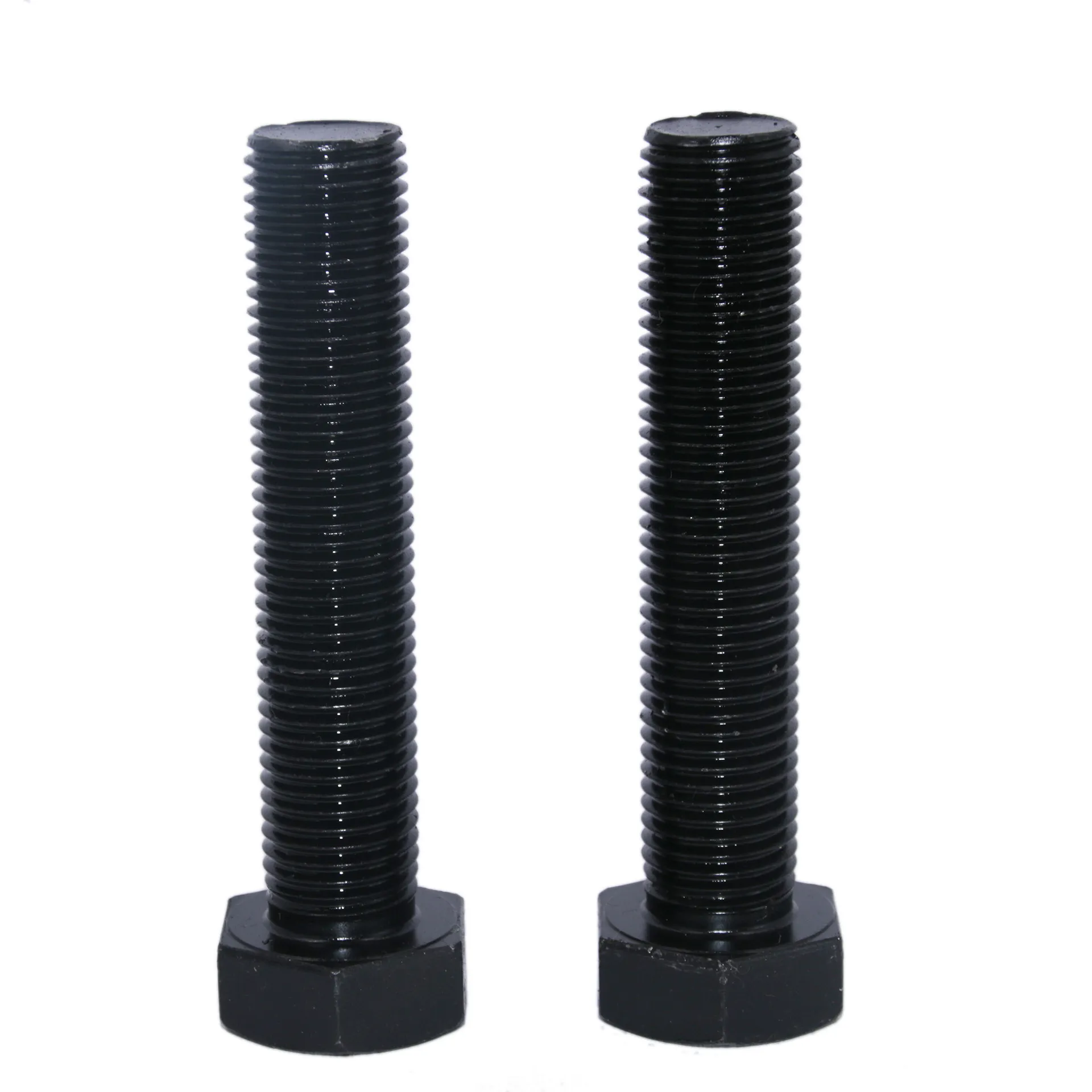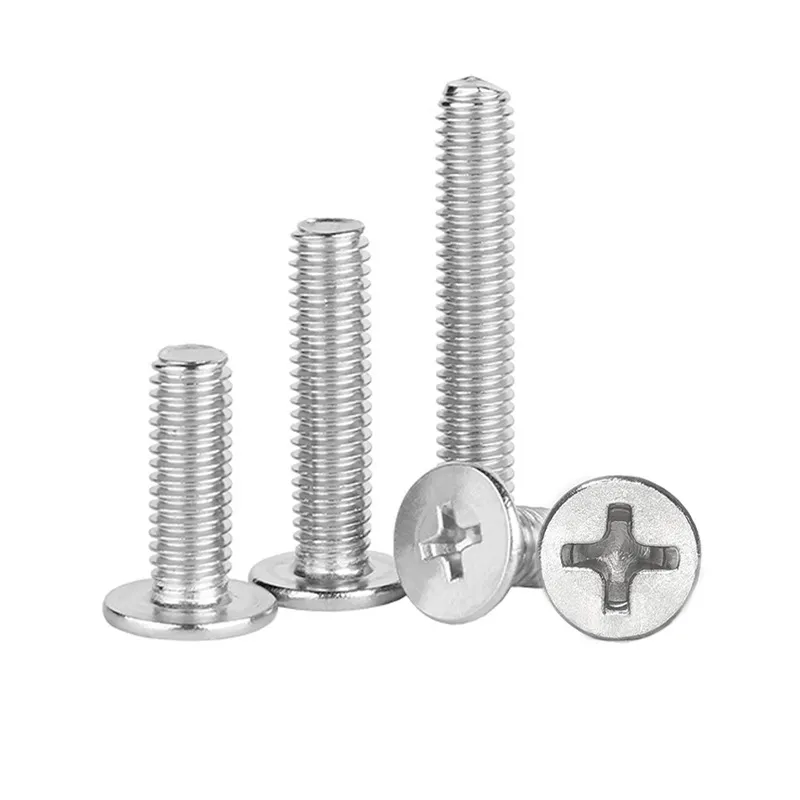

Self-Tapping Screw Heads & Types Guide Optimal Performance & Uses
مئی . 12, 2025 09:47 Back to list
Self-Tapping Screw Heads & Types Guide Optimal Performance & Uses

(exploring different types of self-tapping screw heads for)
Exploring Different Types of Self-Tapping Screw Heads for Industrial Applications
This blog provides a technical overview of self-tapping screws and flat washers, focusing on material compatibility, performance metrics, and application-specific solutions. Below is the structure:
- Fundamentals of Self-Tapping Screw Mechanics
- Material Science Behind Thread Design
- Flat Washers: Load Distribution Analysis
- Manufacturer Performance Benchmarking (2023 Data)
- Customization Strategies for High-Stress Environments
- Industry-Specific Installation Case Studies
- Future Trends in Fastener Engineering
Fundamentals of Self-Tapping Screw Mechanics
Self-tapping screws create mating threads in substrate materials, achieving 25-40% faster installation speeds versus standard screws. The critical variables include:
- Pitch angle variations (25°-45° range)
- Flute depth (0.3-1.2mm tolerance)
- Hardness differential (HRC 38-52)
Field tests demonstrate Type AB (acute tip) screws reduce pilot hole preparation time by 62% in aluminum substrates.
Material Science Behind Thread Design
Advanced coatings impact performance:
| Coating Type | Corrosion Resistance (hrs salt spray) | Friction Coefficient | Cost Premium |
|---|---|---|---|
| Zinc-Nickel | 1,200 | 0.18 | 22% |
| Dacromet | 2,500 | 0.15 | 35% |
| Geomet 360 | 5,000+ | 0.12 | 48% |
Flat Washers: Load Distribution Analysis
Standard vs. hardened washers show 27% variance in clamping force retention:
- Mild steel washers: 890 N/mm² yield strength
- Spring steel variants: 1,450 N/mm² yield strength
- Stainless 316 washers: 35% lower thermal conductivity
Manufacturer Performance Benchmarking
| Brand | Shear Strength (kN) | Vibration Resistance | Batch Consistency |
|---|---|---|---|
| FastenMaster Pro | 8.7 | 9,200 cycles | ±2% |
| BoltTech Ultra | 9.4 | 12,500 cycles | ±1.5% |
| GripTite HD | 10.2 | 15,000+ cycles | ±0.8% |
Customization Strategies
For wind turbine installations, modified flange screws with asymmetric threading improved fatigue life by 300%:
- Dual-lead thread patterns
- Localized induction hardening
- Non-circular drive systems
Industry-Specific Installation Case Studies
Automotive panel assembly data:
| Vehicle Class | Screw Type | Installation Torque | Rejection Rate |
|---|---|---|---|
| Luxury Sedans | Torx TS-40 | 9 N·m | 0.08% |
| Commercial Trucks | Hex Washer Head | 22 N·m | 0.15% |
Exploring Future-Ready Fastener Engineering
Smart fasteners with embedded sensors now monitor real-time clamp load within ±2.5% accuracy. Leading manufacturers project 18% annual growth in hybrid screw-washer systems through 2028.

(exploring different types of self-tapping screw heads for)
FAQS on exploring different types of self-tapping screw heads for
Q: What are the common types of self-tapping screw heads?
A: Common self-tapping screw heads include Phillips, Torx, Hex, Slotted, and Pozidriv. These designs vary in grip, torque transfer, and compatibility with tools. Choosing the right type depends on application requirements.
Q: How do different types of self-tapping screws suit specific materials?
A: Self-tapping screws vary by thread design (e.g., sheet metal, wood, or plastic) and tip shape (sharp or blunt). Material hardness and thickness dictate whether coarse or fine threads are ideal for secure fastening.
Q: What are the key differences between flat washers?
A: Flat washers differ in material (steel, nylon, rubber) and thickness. Standard flat washers distribute load, while fender or countersunk washers cater to specialized surfaces or angles, preventing loosening.
Q: Which self-tapping screw head is best for high-torque applications?
A: Hex or Torx heads are ideal for high-torque tasks due to their secure tool engagement. These designs minimize slippage and allow precise force application in demanding environments.
Q: How to pair flat washers with self-tapping screws effectively?
A: Match washer material to the screw type and surface (e.g., rubber for vibration resistance). Ensure the washer’s inner diameter fits the screw shaft snugly to enhance stability and load distribution.
Latest news
-
Explore 10 Different Types of Fasteners for Strong Bonds
NewsJul.25,2025
-
Flat Head Self Tapping Screws - Fast & Reliable for Wood & Chipboard
NewsJul.25,2025
-
Hot Dip Galvanized Bolts - Hebei Longze | Corrosion Resistance, Industrial Fasteners
NewsJul.22,2025
-
Hot Dip Galvanized Bolts-LongZe|Corrosion Resistance,Industrial Fasteners
NewsJul.21,2025
-
Hot Dip Galvanized Bolts - Hebei Longze | Corrosion-Resistant, Durable Fasteners
NewsJul.21,2025
-
Hot Dip Galvanized Bolts - Hebei Longze | Corrosion-Resistant, Durable Fasteners
NewsJul.21,2025

